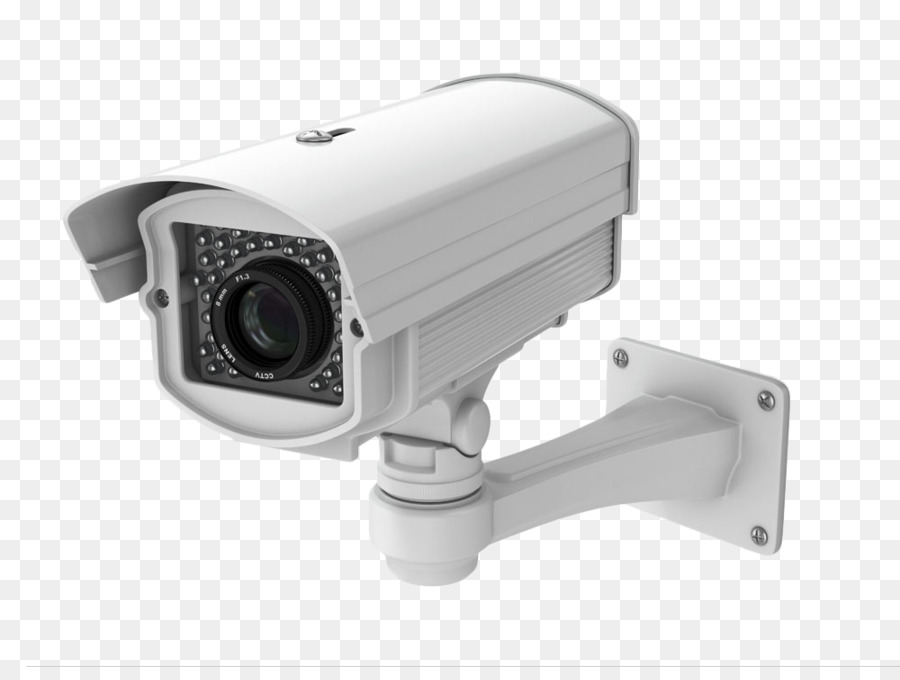
Are you tired of being tethered to your desk by a clutter of wires? Do you dream of a more flexible and liberating work environment? Look no further than the wireless office keyboard. This innovative technology allows you to cut the cord and embrace the freedom of a wire-free workspace. Whether you’re a busy professional, a creative entrepreneur, or a gaming enthusiast, a wireless keyboard offers countless advantages that will enhance your productivity and elevate your overall experience.
One reputable company leading the way in wireless office keyboards is "MEETION TECH." As one of the top manufacturers dedicated to researching and developing game peripherals and computer accessories, they have established a strong reputation in the industry. With their factory located in DONGGUAN, known as the manufacturing base for world electronic products, MEETION TECH combines innovative design with quality craftsmanship to deliver cutting-edge wireless keyboards that meet the needs of professionals and gamers alike. The wireless office keyboard from MEETION TECH is not just a peripheral; it’s a tool that empowers you to take control of your workspace and achieve new levels of efficiency.
Advantages of a Wireless Office Keyboard
Wireless office keyboards offer a multitude of advantages that can enhance productivity and convenience in the modern workplace. With their innovative design and seamless connectivity, these keyboards pave the way for a more efficient and clutter-free work environment.
-
Enhanced Flexibility: The absence of cables allows for greater flexibility and freedom of movement. With a wireless office keyboard, you can say goodbye to the constraints of a wired keyboard, enabling you to work from various positions and angles. Whether you prefer sitting at your desk, lounging on a couch, or even working from a standing position, a wireless keyboard allows you to adapt to different ergonomic setups effortlessly.
-
Reduced Cable Clutter: One of the biggest advantages of using a wireless office keyboard is the elimination of cable clutter. The absence of tangled wires not only creates a cleaner and more organized workspace but also reduces the risk of accidents, such as tripping over cables. This streamlined setup promotes a more focused and aesthetically pleasing work environment, allowing you to stay organized and maintain a clear mind during tasks.
-
Seamless Connectivity: Wireless office keyboards are designed to establish a seamless connection with your computer or other devices. They utilize modern wireless technologies that provide reliable and stable connectivity, ensuring that you can type and input commands without any noticeable delays. This reliable wireless connection allows you to work without interruptions or frustrations, ultimately boosting productivity and performance.
In conclusion, a wireless office keyboard offers several advantages that can greatly improve your working experience. From enhanced flexibility and reduced cable clutter to seamless connectivity, these keyboards prove to be a valuable addition to any modern office setup. Embrace the freedom of a wireless office keyboard and unlock the potential for a more convenient and efficient workflow.
Introducing MEETION TECH
MEETION TECH, one of the professional manufacturers for researching and developing game peripherals and computer accessories, stands out as a leading player in the industry. With their factory located in DONGGUAN, a city renowned as "the manufacturing base for world electronic products," MEETION TECH has established a strong reputation for itself.
With a focus on quality and innovation, MEETION TECH is dedicated to providing top-notch wireless office keyboards that offer unparalleled convenience and functionality. Their keyboards are designed to meet the ever-evolving needs of modern professionals, enhancing productivity and bringing a new level of freedom to the workplace.
MEETION TECH’s commitment to excellence is reflected in their meticulous attention to detail during the manufacturing process. Each wireless office keyboard is crafted with precision, ensuring that users experience the utmost comfort and durability while typing. Whether it’s for daily office tasks or intensive gaming sessions, MEETION TECH keyboards are built to withstand the test of time.
In addition to their exceptional product quality, MEETION TECH also prides itself on its customer-centric approach. The company values feedback and actively seeks input from users, incorporating their suggestions into their product designs. This commitment to continuous improvement demonstrates MEETION TECH’s dedication to delivering customer satisfaction.
In conclusion, MEETION TECH has emerged as a reliable choice for those seeking a wireless office keyboard. With their focus on quality, innovation, and customer satisfaction, MEETION TECH sets itself apart from the competition. By embracing the freedom offered by their wireless office keyboards, professionals can elevate their productivity and redefine the way they interact with their devices.
The Manufacturing Base for World Electronic Products
DONGGUAN, widely known as "the manufacturing base for world electronic products," is home to numerous renowned manufacturers specializing in game peripherals and computer accessories. Among these industry leaders is "MEETION TECH," a professional manufacturer dedicated to researching and developing cutting-edge wireless office keyboards.
Situated in DONGGUAN, the city enjoys a well-deserved reputation as a hub for electronic product manufacturing. Its strategic location and conducive business environment have attracted companies from all over the world. DONGGUAN has become a thriving center for technological innovation and production, creating a favorable ecosystem for companies like MEETION TECH to flourish.
MEETION TECH, with its state-of-the-art factory in DONGGUAN, stands as a testament to the city’s prominence in the electronics industry. By leveraging the skilled workforce and advanced manufacturing capabilities available in the area, MEETION TECH has established itself as one of the leading manufacturers of wireless office keyboards. With a focus on quality and innovation, MEETION TECH continues to push the boundaries of what is possible in the realm of computer accessories.
In conclusion, DONGGUAN’s status as the manufacturing base for world electronic products makes it an ideal location for industry pioneers like MEETION TECH. With its commitment to research, development, and superior manufacturing standards, MEETION TECH contributes to the city’s reputation as a global leader in game peripherals and computer accessories.








